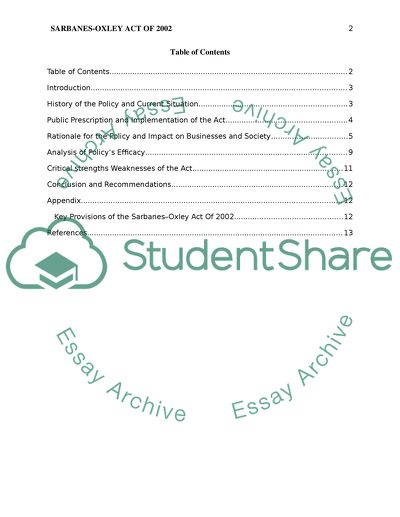Cite this document
(Enron and Conflict of Interest Case Study Example | Topics and Well Written Essays - 2750 words, n.d.)
Enron and Conflict of Interest Case Study Example | Topics and Well Written Essays - 2750 words. Retrieved from https://studentshare.org/law/1493775-public-policy-analysis
Enron and Conflict of Interest Case Study Example | Topics and Well Written Essays - 2750 words. Retrieved from https://studentshare.org/law/1493775-public-policy-analysis
(Enron and Conflict of Interest Case Study Example | Topics and Well Written Essays - 2750 Words)
Enron and Conflict of Interest Case Study Example | Topics and Well Written Essays - 2750 Words. https://studentshare.org/law/1493775-public-policy-analysis.
Enron and Conflict of Interest Case Study Example | Topics and Well Written Essays - 2750 Words. https://studentshare.org/law/1493775-public-policy-analysis.
“Enron and Conflict of Interest Case Study Example | Topics and Well Written Essays - 2750 Words”, n.d. https://studentshare.org/law/1493775-public-policy-analysis.


